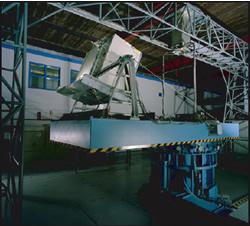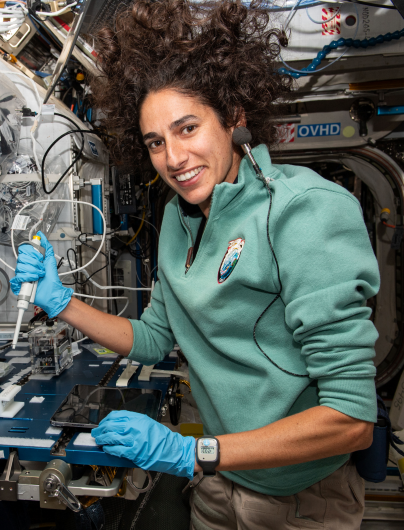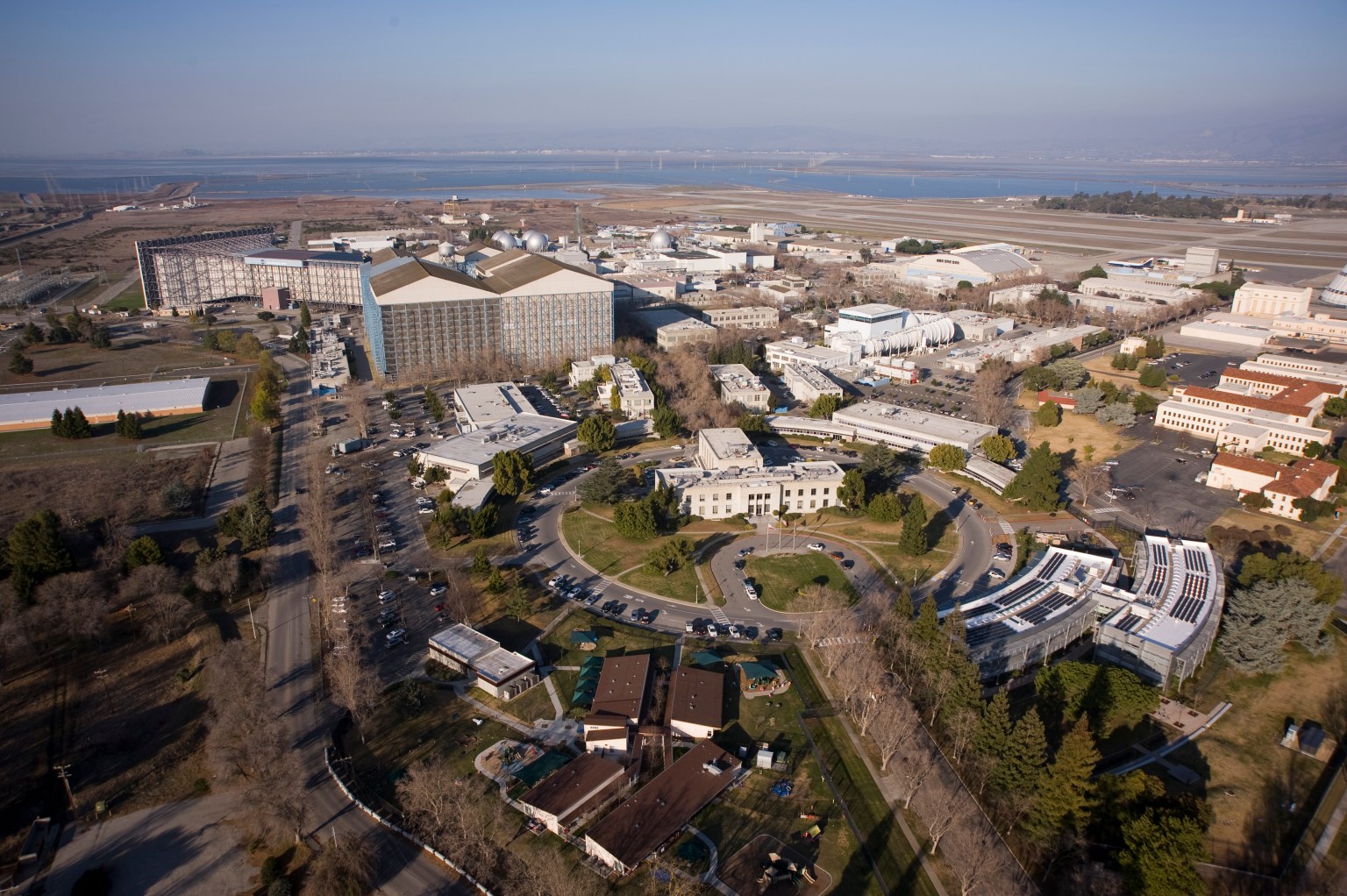Low Vibration Rotational Device
Operational Characteristics
- Chronic exposures to 5 g
- Cell, tissue and equipment payloads
- Controlled and automated cell culture environments
- Low noise hydrostatic bearing
The Low Vibration Rotational Device is a single arm centrifuge with a 10-foot radius and hydrostatic oil film bearing. The hydrostatic bearing provides for precise angular accelerations with minimal vibration. The Low Vibration Rotational Device has a swing frame that can be positioned at various distances from the hub. The Low Vibration Rotational Device is controlled and monitored from a separate control room. The centrifuge speed is computer controlled, and all critical mechanical and electrical systems are monitored to ensure that they are within performance limits. Instrumentation-quality slip rings are available for off-board monitoring and recording of experimental data.
The Low Vibration Rotational Device may be configured with an onboard tissue culture incubator to study the effect of short-or long-duration hypergravity exposure on cultured cells. This configuration is referred to as the Hypergravity Facility for Cell Culture. The incubator, a Forma Model 3033, is mounted on the facility’s swing frame to ensure that the resultant gravitational force is perpendicular to the shelves of the incubator. The incubator controls temperature, carbon dioxide concentration, and relative humidity. An identical incubator is located off-board to provide a 1 g nonrotational control.
The Hypergravity Facility for Cell Culture accommodates cell culture dishes of any type, but sealed vessels with vented caps are recommended for sterility. Each incubator has room for additional equipment such as peristaltic pumps or automated cell culture devices; however, this equipment must be tested and approved for hypergravity use.
More information about Space Biosciences Ground Research Facilities at Ames.































